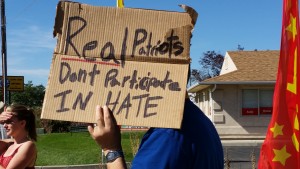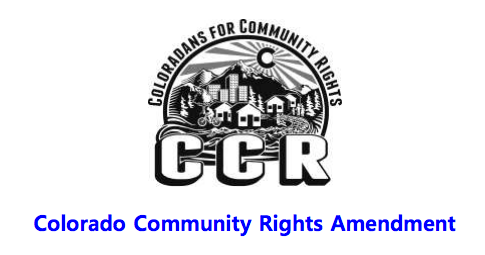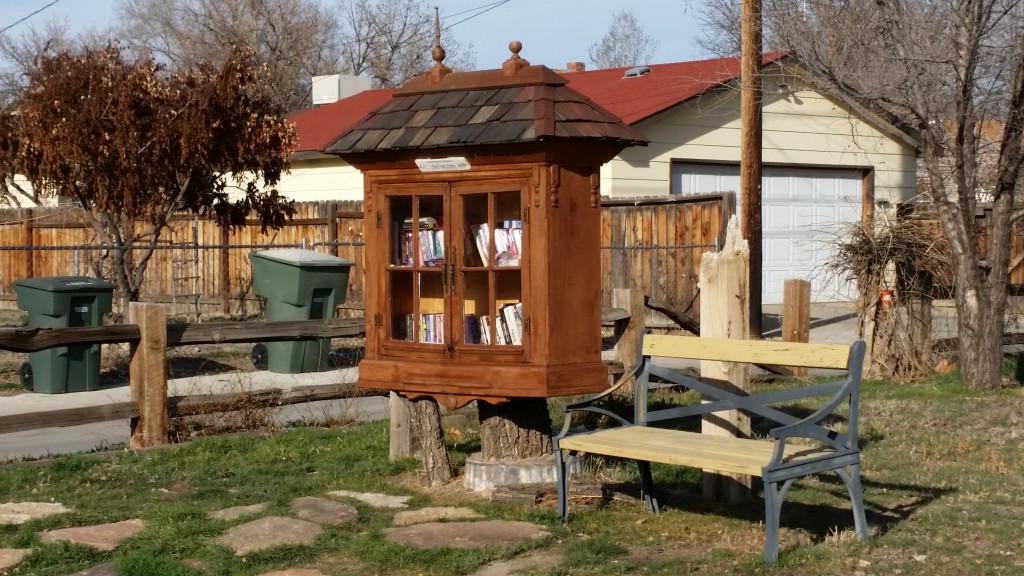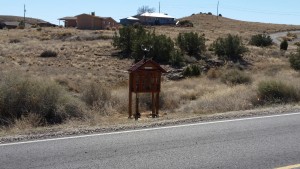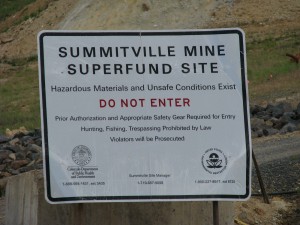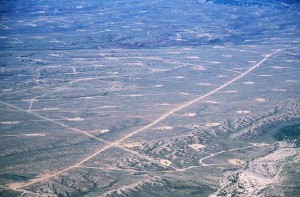
The text of the original Pledge of Allegiance, as it existed until 1953. In 1954, Congress added the words “under God” to it, effectively changing it from a purely patriotic statement into a religious statement.
San Francisco 49ers quarterback Colin Kaepernick’s recent refusal to stand during the playing of the national anthem has spurred debate over coerced and often perfunctory recitations of the Pledge of Allegiance.
In reaction to the September 2001 attacks on the World Trade Center, people started reciting the Pledge more frequently, on more occasions and in more venues than ever before. Many U.S. public schools starting requiring students to recite the Pledge of Allegiance daily. Mesa County’s District 51’s student handbook (pdf, at page 35) says students get an “opportunity” and have the “right” to say the pledge, but it never expressly says in a neutral manner that students also have a legal right not to say it. Rather, the manual practically sneers at students who choose not to say the pledge by using language that infers such students are likely to be disruptive and disrespectful in doing so:
“If you feel, based on personal convictions or religious beliefs, that you do not want to recite the Pledge or salute the flag, we ask you to remain respectfully silent, not interfering with the
rights of others to recite the Pledge and salute the flag.”




